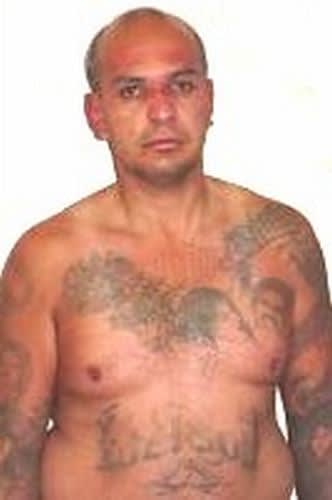In November of 1997, Bat Marquez was part of a hit team that murdered two Mexican police officers in front of the Tijuana courthouse. In an article in the Zeta newspaper, the courageous editor Jesus Blancornelas named Barron and Marquez as the shooters. As a result, Blancornelas was ambushed in his vehicle by Popeye Barron's hit team on Nov. 27, 1997. Blancornelas was badly wounded. His bodyguard was killed. A ricocheting round struck Popeye Barron in the head, killing him.
Although Bat Marquez continued to work for the Arellano-Felix Cartel, he was not considered as valuable an asset as Barron. Bat was a heavy methamphetamine user, and he was a wanted man on both sides of the border. Bat did not enjoy the loyalty of the Arellano-Felix family, and Bat's continued use of speed and alcohol made him reckless and unreliable.
On the U.S. side of the border, Chris Blatchford—a Los Angeles Channel 11 Fox news investigative reporter, had done several news stories about the Mexican Mafia, Popeye, and Bat. These stories exposed the RICO trial videos of Mexican Mafia members, who were recorded at meetings voicing plans to take over the Arellano-Felix cartel.
The Mexican Mafia sent gang member Richard "Cheeks" Buchanan to join Bat's crew in Tijuana in early 1998. Some of the gang members on Bat's crew in Mexico included Enrique "Taz" Loaiza, Alex "Clyde" Gomez, Emiliano "Milo" Villa Rodriguez, Hector "Lonely" Lara, Jose "Night Owl" Felix Pardo, Jorge "Crow" Orozco, Isaias "Sleepy" Rivas, Robert Sandoval, and Elizabeth "Osita" (little bear) Rojas.
Actually several San Diego crews operated on both sides of the border at this time. Teams led by Mexican Mafia members Barron, Robert "Tawa" Romero, Frank "Chino" Madriaga, and Salvador "Sal" Colabella all acted as enforcers for the Arellano-Felix family and the Tijuana Cartel.












